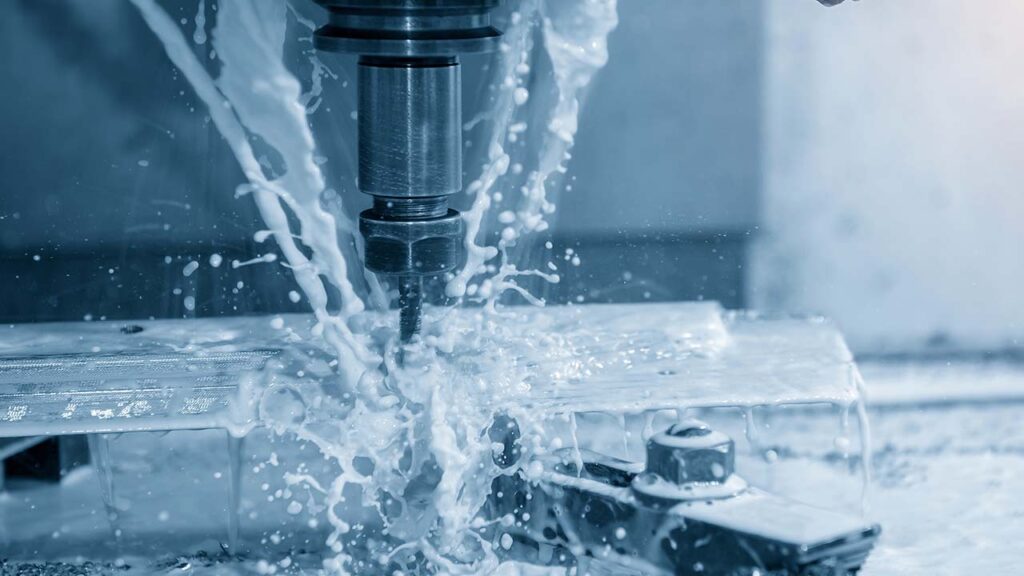When choosing a lathe mc for your workshop or production line, technical specifications can be overwhelming — spindle speed, swing over bed, maximum turning diameter, bed length, and more. But which specs actually matter for your needs?
In this article, we’ll break down the most important lathe mc specifications, explain what they mean in real-world machining, and help you make informed decisions when selecting your next machine.

1. Swing Over Bed — The Maximum Workpiece Diameter
The “swing over bed” determines the maximum diameter of the workpiece that can be rotated on the lathe. For general machining, a swing of 300–400mm is common, while heavy-duty lathes may offer 600mm or more.
Tip: Choose a swing larger than your typical workpiece size to leave room for flexibility.
2. Distance Between Centers — The Max Workpiece Length
This spec tells you the longest workpiece the machine can accommodate between the headstock and tailstock. For aluminum parts or shaft machining, longer distances are often required.
- Small shops: 500–800mm may suffice
- Larger industrial jobs: 1000mm+ is ideal
3. Spindle Bore and Chuck Size — Material Feeding Matters
A larger spindle bore allows you to feed larger-diameter bars through the spindle, which is critical for automatic bar feeding and long workpieces.
- Standard bores: 38mm–80mm
- Heavy-duty machines: Up to 100mm+
Make sure the chuck size matches your part diameter needs as well.
4. Spindle Speed and Motor Power — Precision vs. Productivity
High spindle speeds (3000–6000 RPM) are better for small parts and high-speed finishing, while lower RPMs with higher torque are ideal for heavy cuts or large parts.
- Power: Ranges from 2.2kW for small lathes to 15kW+ for industrial models
- Speed: More speed control options = more flexibility for different materials
5. Tool Turret and Tooling Capacity — Faster, Smarter Cutting
A good tool turret system reduces setup time and supports automatic tool changes. CNC lathe MCs often support 6–12 tools or more. This allows for:
- Multiple operations in one cycle
- Better surface finishes
- Reduced manual labor
6. Control System — Interface Makes a Difference
Whether it’s FANUC, Siemens, GSK, or another system, the control interface affects how easily operators can program and run jobs.
Choose a system that matches your team’s familiarity and has strong local support or documentation.
7. Machine Bed and Guideways — Stability Is Precision
The structure of the lathe directly affects machining accuracy. A hardened and ground bed, with box-type or linear guideways, ensures long-term rigidity and precision even under heavy loads.
Conclusion: Match Specs to Your Goals
Instead of focusing only on price, match the lathe mc specs to your production needs — whether that’s precision turning, heavy-duty parts, or small-batch custom work.
At Yucheng, we help you choose the right lathe machine that aligns with your material, tolerance, and volume needs. Our CNC lathes are optimized for durability, accuracy, and operator ease.
📩 Contact us today to get tailored lathe mc recommendations based on your production goals!

